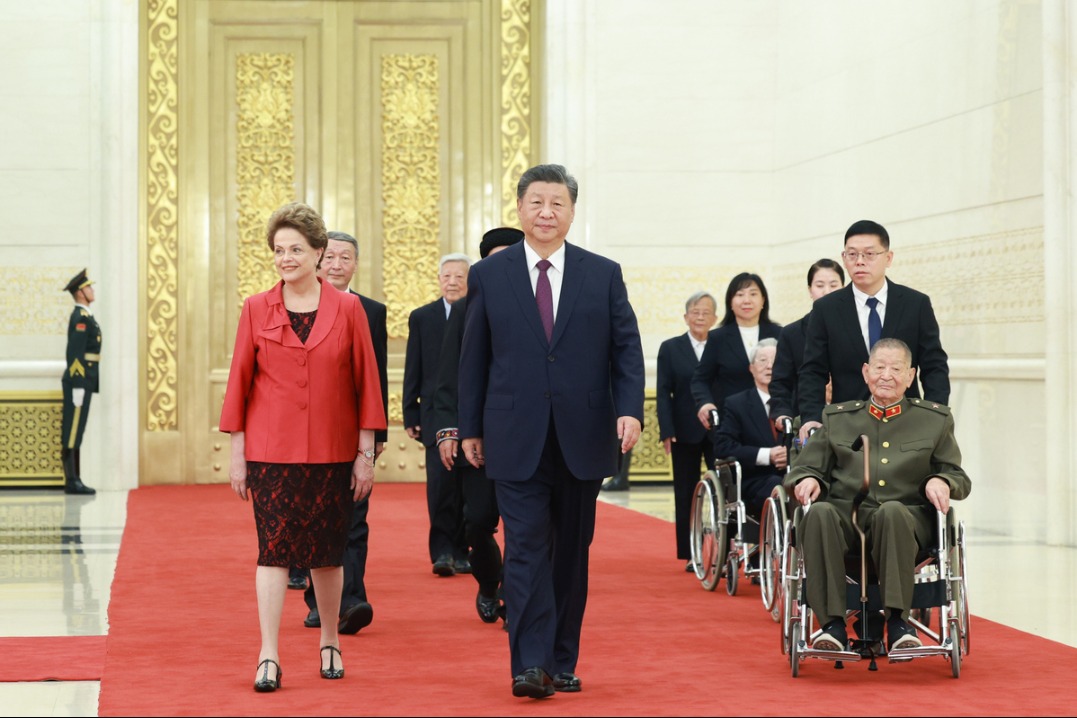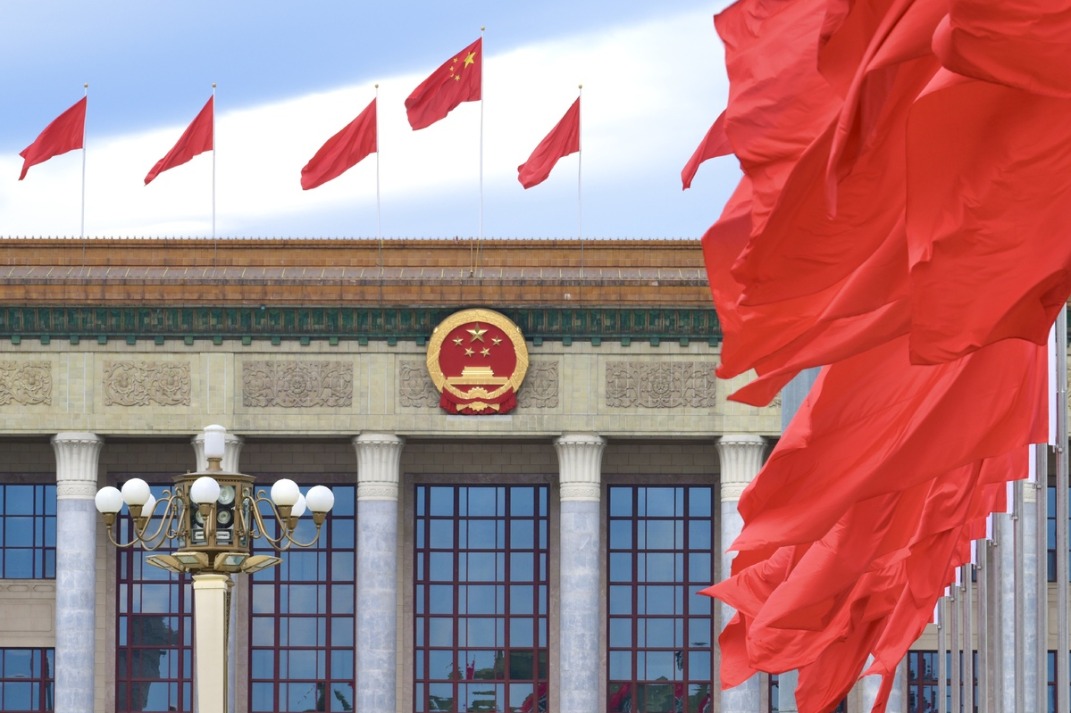Asian stocks enter dividend epoch
By Lynda Zhou | China Daily | Updated: 2024-05-06 09:33

The phrase "iron rooster" traces its origins back to the Qing Dynasty (1644-1911) as a critique of those who do not easily open their wallets.
Fast forward several hundred years and the insult has been repurposed by Chinese officials and media over the past few years as criticism of listed corporates which dish out little to no dividends.
"It's sad to see some companies would rather be iron roosters sitting on piles of cash than share a feather with investors," an opinion piece published in the Shanghai Securities News said last April.
The underlying message is serious: Chinese regulators are expanding efforts to push domestic companies to pay either higher dividends or to buy back more shares in a bid to make them more attractive to investors at a time when the country's stock market is suffering from its shakiest economic outlook in years.
Beijing has unveiled a series of measures over the past year. In January 2023, China's State assets regulator changed the main gauge by which it evaluates the performance of managers at State-owned companies from net profits to return-on-equity. In order to get a higher ROE, a firm with excess cash may pay out more dividends. The nation's securities regulator followed up in August by prohibiting controlling shareholders from selling shares in the secondary market if the listed company has paid little or no dividends in the previous three years. In March, the regulator said it would push companies to pay dividends several times a year.
The results have been meaningful, helped by the cuts many Chinese companies have made in spending on capital projects during the downturn. Dividend payments by members of the Shanghai Composite Index rose 13 percent from a year earlier to 1.7 trillion yuan ($235 billion) in 2023. State-owned and some privately controlled companies alike are heeding the government's call. Ping An Bank in March proposed to pay out 13.9 billion yuan in dividends, raising its payout ratio for 2023 to 30 percent, compared with an average of 12 percent in the previous five years.
A tale of three countries
China isn't the only Asian country seeking to improve stock valuations through better management practices. In Japan, corporate-governance reforms pushed by the late prime minister Shinzo Abe are gaining steam. At the end of February, about 48 percent of companies listed on the Tokyo Stock Exchange's prime section had publicly issued plans to optimize capital management. The reform has been one of the major drivers of the stock market rally — with the Nikkei Stock Average surging to an all-time high in March.
In South Korea, the government unveiled a Corporate Value-Up Program in February to reduce the so-called Korea discount. According to the plan, companies that prioritize shareholder returns will be given "bold incentives" and tax benefits. The plan, however, has fallen short of investor expectations due to a lack of concrete details. While we wait for the finalized plan, we believe sustainable reforms should address issues beyond the stock market, such as inheritance taxes.
These structural reforms are no coincidence. Chinese, South Korean and Japanese companies' average payout ratios — the percentage of a company earnings paid out in dividends — in the past five years have been 30 percent, 32 percent and 40 percent, respectively. The global average is 48 percent; in Europe it is 64 percent — so there is some way to go. And conditions for Asian companies to deliver more are in place. Companies generally have healthy balance sheets, making them able to return dividends to investors or buy back shares. Beyond corporate fundamentals, a greater proportion of the region's population is rapidly aging, which will increase investor demand for steady, reliable returns from investee companies to build retirement nest eggs.
Dividend players in spotlight
Importantly, in a year of market volatility, stocks that pay dividends have done better on the back of these changes. China's CSI Dividend Index — composed of 100 companies that boast good track records of dividend payouts — has jumped 8.3 percent so far this year, in contrast to the broader weakness in the onshore equity market. Japan's Nikkei 225 High Dividend Yield Stock 50 Index had surged 31 percent since July 2023, compared with the 20 percent rise in the Nikkei 225 Index. The low bond yields available in both countries have also made dividend-paying stocks relatively more attractive.
A slowing global economy and a return to lower interest rates mean the hunt for stable dividend yields has become an attractive strategy. And historical data show a focus on those which pay dividends is more than just a defensive play that works well in choppy markets. Over the past two decades, Asia's high-dividend index outperformed the standard index in part thanks to its smaller drawdowns during periods of stress. About 56 percent of total returns in the MSCI AC Asia Pacific ex Japan Index came from dividend income.
While high dividend yields are appealing, there are dividend traps to watch out for, where a very high dividend yield attracts investors to a company in financial stress. Resilient earnings growth, strong balance sheets and, most importantly, sound corporate governance ensuring excess cash will be returned to shareholders are signs of good companies we look for.
It may take time for Asia's "iron roosters "to change their ways. But at a time when the region's reputation for growth has been shaken by volatility, even the shedding of a few feathers should unveil some new investment opportunities.
The writer is a portfolio manager at FIL Fund Management (China) Co Ltd.
The views do not necessarily reflect those of China Daily.
























